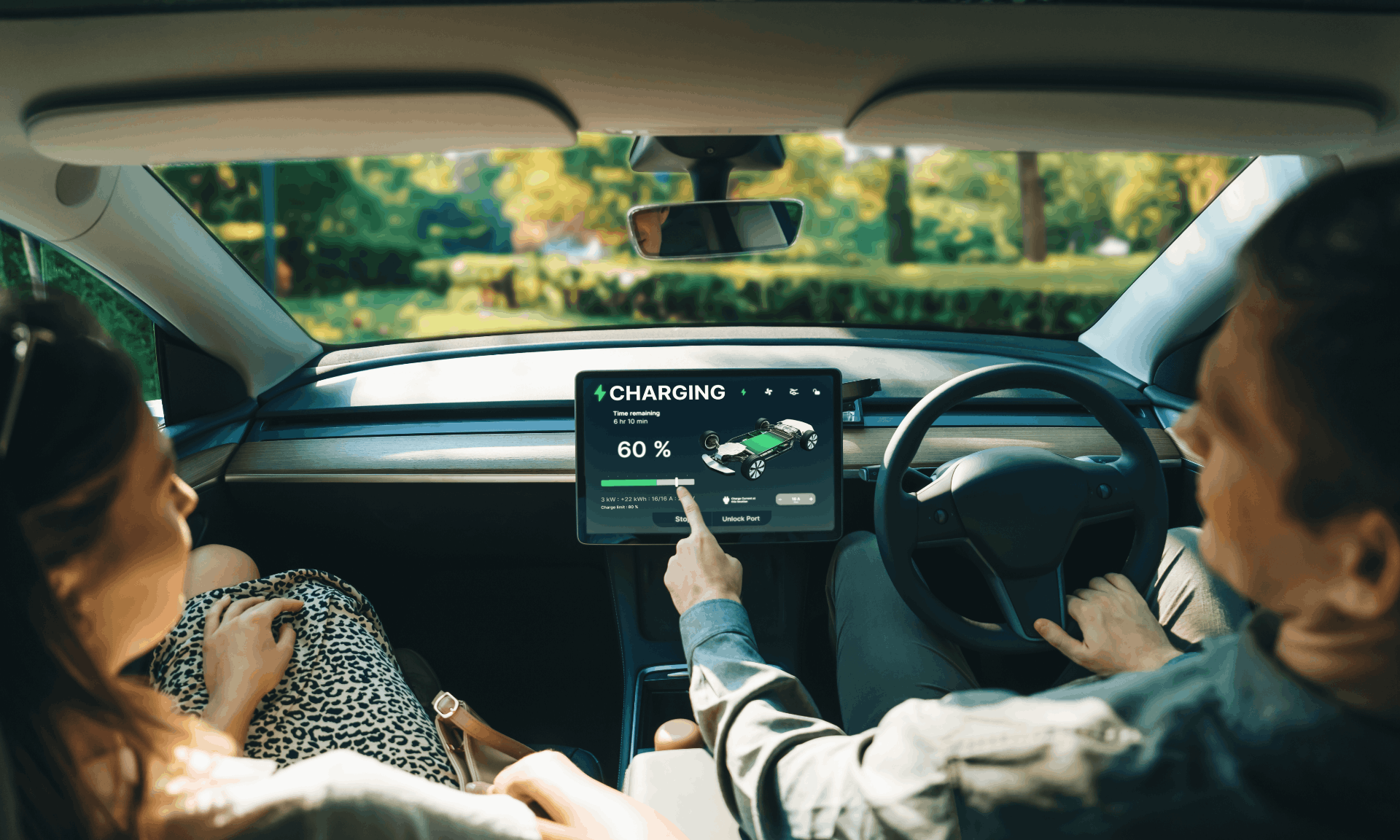Overcoming Range Anxiety

Range anxiety has always been hot topic electric vehicles (EVs) continue to gain popularity among consumers. But how much of a concern is it really? In this article, Nevo explores the realities of EV range and what it means for drivers in the real world.
How Far Do EVs Go in Real-World Conditions?
The answer to how far an EV can go isn’t as straightforward as you might hope. The range of an EV depends on a variety of factors, including driving conditions and your driving style. This isn’t news to most motorists, after all, we know that driving at 100 km/h is more efficient than speeding along at 120 km/h. We also understand that under-inflated tyres can lead to higher fuel consumption. But for new EV drivers, being mindful of these factors can feel more pressing.
What Is Range Anxiety?
Range anxiety is the worry that your electric vehicle won’t have enough charge to get you where you need to go. It’s often described as one of the biggest psychological hurdles for new EV drivers, even though most daily journeys in Ireland are well within the range of today’s electric cars. In practice, Irish EV owners report that good planning and the ability to charge at home or work go a long way to easing those concerns. And with public charging infrastructure expanding steadily across the country, range anxiety is becoming less about real limitations and more about confidence in a new way of driving.
Seasoned EV drivers, especially those with modern vehicles, tend to dismiss range anxiety as a non-issue. However, it remains one of the biggest concerns for those considering making the switch to an electric vehicle in Ireland. So, what really affects the range of an EV, and how far can they truly go? Let’s break down the main factors and look at some examples of popular EVs in Ireland.
The Impact of Temperature on EV Range
Temperature was a bigger concern for early electric vehicles, as battery technology and management systems were still developing. Today, however, modern EVs are equipped with advanced battery management and conditioning systems that regulate heating and cooling to maintain optimal performance. Many newer models also include features such as heat pumps, which improve efficiency during colder months by reducing the energy required to heat the cabin. These innovations mean temperature has much less impact on range and usability than in the past.
That said, all EVs will experience some reduction in range during winter compared to summer. The extent of this reduction depends on the specific EV and your driving habits. While early EVs could lose up to a quarter of their range in colder weather, modern EVs are much less affected.
Does Speed Affect Battery Efficiency?
Speed is one of the biggest factors impacting an EV's range, just as it is with petrol or diesel vehicles. Driving at high speeds, like 120 km/h on the motorway, consumes more energy due to increased wind resistance and drag. However, this effect is more pronounced in EVs. Unlike combustion engines, which operate relatively efficiently at cruising speeds, EVs don’t benefit as much from regenerative braking at higher speeds, making them less efficient in these conditions.
The key to overcoming range anxiety is education. There are plenty of variables and unknowns for those who are new to driving EVs, but the good news is that today’s EVs offer greater ranges and charging infrastructure is rapidly expanding. With a bit of research and the right choice of vehicle, new EV drivers can quickly put range anxiety to rest and enjoy the many benefits of electric driving.